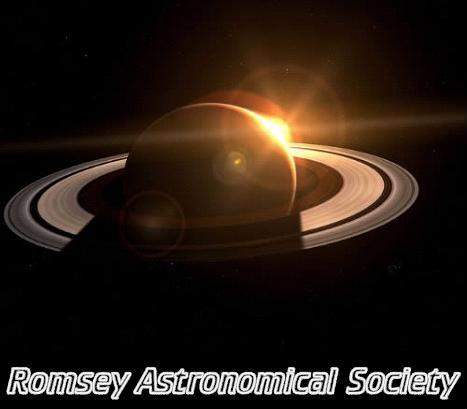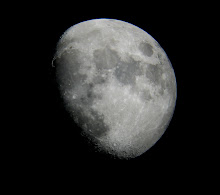Astronomers say they are now confident that a planet orbiting a star some 500 light-years away is rocky.
Detailed observations show the world, dubbed Corot-7b, to have a mass just five times that of the Earth. Combined with the object's known radius, the measurement means the far-off world should be solid in nature. Most of planets identified outside our Solar System are so big they are almost certainly gas giants like our Jupiter and Saturn.
But it is unlikely that life could survive on the surface of Corot-7b because the temperatures would be blistering.
The planet is only 2.5 million km away from its host star, or 23 times closer than Mercury is to the Sun. The discovery of Corot-7b was announced in February. It was detected using the French-led Corot spacecraft. The satellite is equipped with a sensitive telescope and camera-system which hopes to catch a planet as it crosses the face of a distant "sun", dimming its light ever so slightly.
This transit method, as it is known, established that the planet has a radius that is about 80% greater than the Earth's. The Corot approach, though, cannot, establish the mass of the planet; and without the mass, the density (and an assessment of its rockiness) cannot be firmly established.
To fix this number, scientists went to the High Accuracy Radial velocity Planet Searcher (Harps) spectrograph attached to the European Southern Observatory's 3.6m telescope at La Silla in Chile. It investigates planets in a different way, recording the "wobble" a massive object will induce in its parent star as it orbits about it.
The observations with Harps infer that Corot-7b has a mass of about five Earth masses, making the exoplanet's density very similar to the Earth's. This is compelling evidence that it is a solid, rocky world.
"This is science at its thrilling and amazing best," said Didier Queloz, leader of the team that made the Harps observations. "We did everything we could to learn what the object discovered by the Corot satellite looks like and we found a unique system."
Wednesday, 16 September 2009
Subscribe to:
Post Comments (Atom)


No comments:
Post a Comment